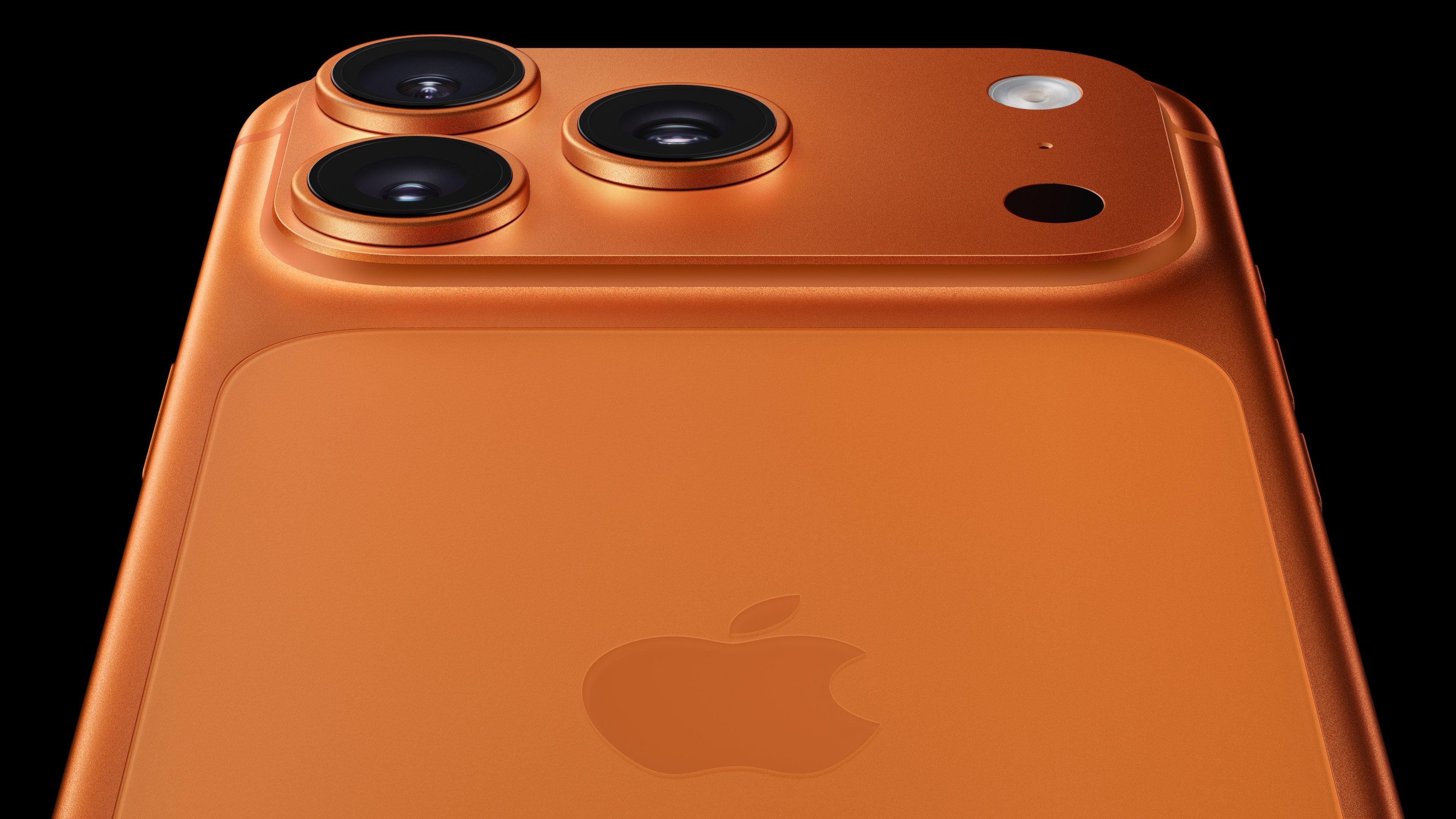Shares of Apple (AAPL +0.04%) have done very nicely since the stock crashed from its $100 peak back in 2012. Indeed, closing at $91.28 in the June 13 session, the stock is only 8.72% down from those all-time highs. However, investors typically don't buy individual equities for gains of a couple of percent -- they're looking to outperform the markets over the long haul. So a question worth asking is whether Apple's stock has a shot of doubling, particularly in the months that follow the launch of the iPhone 6 -- and, potentially, the iWatch.
How do we get to $182?
Apple operates in a highly competitive, consumer-driven environment, so it's not likely that the shares -- at least at this point in time -- could command a multiple much greater than the roughly 15 times trailing-12-month earnings that it does today. So meaningful moves in the share price will probably be driven by earnings at this point.
With trailing-12-month income coming in at about $36 billion, and with the company likely on track to do even more by the time the year is out, Apple will need to get to $72 billion in net income to really support a doubling of the share price.
Can Apple get there with the iPhone?
The three biggest drivers of Apple's growth going forward will be continued growth in the iPhone, growth in the iPad, and whatever contribution the allegedly upcoming iWatch will drive. While it's almost impossible to get a handle on how such an iWatch could sell, some estimates are pegging the number at about 21 million for the year.
However, what will be more important is how well Apple does with the upcoming iPhone and iPad refreshes. The iPhone in particular is a much higher-margin, higher-volume, and higher-average-selling-price market for Apple than the iPad is and the iWatch probably would be, so what the company does with the iPhone 6 to drive share gains at the high end of the smartphone market (where Samsung's (NASDAQOTH: SSNLF) Galaxy S5 is doing well) will be paramount. That said, it's unlikely that Apple can grow iPhone sales enough to drive a doubling in net income over any reasonable time frame.
But what about iPhone + iPad + iWatch?
Let's suppose the average iWatch selling price (again, assuming that it's a real thing) works out to about $199. (We know that the iPad's average selling price came out to about $464 last quarter, and iPhone averaged $596.) Let's also suppose that the iPhone is a 45%-gross-margin business. the iPad 30%, and the iWatch another 30%. From that, let's see what the following assumptions lead to:
- Grow the iPhone by 75 million units at a $600 average selling price. Assuming a large iPhone helps drive up the mix somewhat, and assuming share gains at the high end against Samsung coupled with the underlying secular growth in the market can drive such incremental growth, this seems like a reasonable two- to four-year growth target, particularly as Apple adds further screen sizes and features at the high end. This could add about $20.5 billion in operating income, assuming minimal incremental R&D and SG&A to get those sales.
- Grow iPad sales by 30 million units at a $464 average selling price. The tablet market isn't as prone to rapid upgrade cycles as smartphones are, but with updated designs and the underlying secular growth in tablets, an incremental 30 million units seems reasonable. This would add, under the same assumptions for phones, an additional $4.18 billion in operating income.
- Ramp the iWatch to 35 million units per year at a $199 average selling price. There is very little visibility into the viability of this market, but at 30% gross margins and a $199 selling price, the iWatch could drive incremental operating profit of $2.1 billion.
All told, this hypothetical scenario would lead to an incremental $26.78 billion in operating income and -- given a tax rate of about 26.2% -- a net profit increase of nearly $20 billion. At the current 15 times multiple, and assuming that the current R&D and SG&A structure can support such a revenue ramp, this could add nearly $300 billion in market capitalization, or about $50 a share.
Foolish bottom line: $140 per share isn't unreasonable
While the medium-term picture (think two to four years out) doesn't support a doubling share price, it could potentially support a 53.3% increase from current levels should these (admittedly slightly aggressive) assumptions play out. Note that outsized growth is more difficult to achieve for a company like Apple, so investors should pare their expectations a bit. Apple is a long-term winner of a company, and we can probably say the same for its stock, but it takes a lot to move the needle. Pack your patience.






